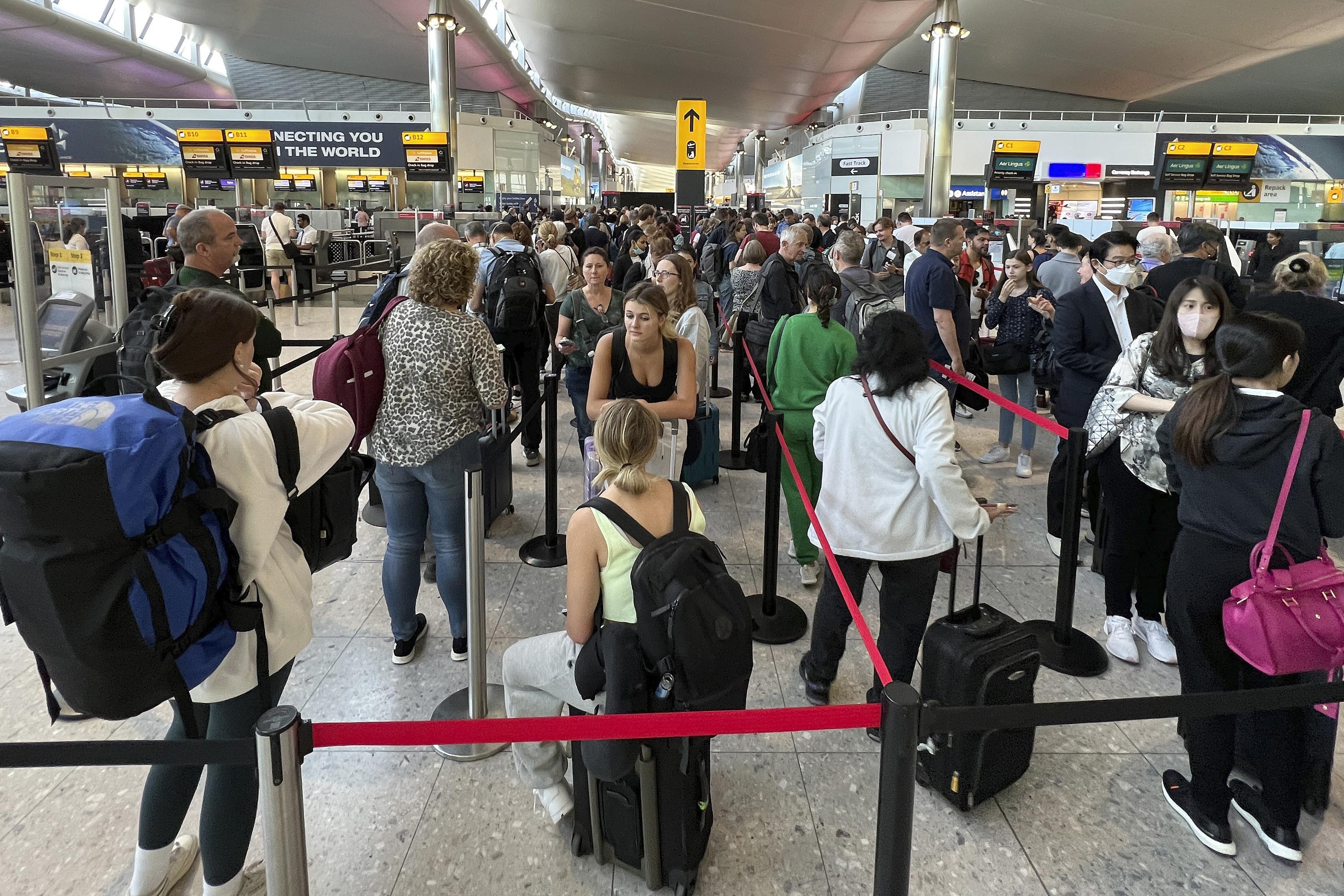The Rise and Fall of Telework: A Look at the Post-Pandemic Workplace
The pandemic ushered in an era of widespread telework, but as life returns to a semblance of normalcy, many are questioning the future of this flexible work arrangement. While telework remains a popular option for many, the numbers tell a different story. According to Statistics Canada, the percentage of time spent working from home has been steadily declining since its peak in June 2022.
The Decline of Telework
In June 2022, 21.5% of workers spent their time teleworking. This number has decreased to 15.1% in June 2024, signaling a noticeable shift back towards traditional office settings. While some employees continue to embrace the flexibility of working from home, a growing number are returning to the office, particularly those who live closer to their workplaces.
Employers Push for a Return to the Office
Many employers are actively encouraging their employees to return to the office, citing the importance of face-to-face interactions, team building, and fostering a sense of community. They believe that in-person collaboration is essential for effective communication, idea generation, and building strong company culture.
The Impact on City Centers
The return to the office is also being driven by a desire to revitalize city centers. The decline in office workers has had a significant impact on businesses, particularly restaurants, shops, and other commercial establishments. By encouraging employees back to the office, employers hope to stimulate economic activity in these areas.
The Downside of Commuting
However, the return to the office comes with its own set of challenges. The increased commuting has led to a surge in traffic congestion and air pollution, exacerbating environmental concerns. The once-familiar rush hour traffic has returned with a vengeance, creating headaches for commuters and contributing to increased stress levels.
Hybrid Work: A Compromise?
The rise of hybrid work models, where employees split their time between the office and home, is seen as a potential compromise. This approach offers a balance between the benefits of face-to-face interaction and the flexibility of working from home. The specific arrangement often varies, with some employees working three days in the office and two days at home, while others adopt a 2-3 split.
The Government's Push for a Return to the Office
The Canadian government is also pushing for a return to the office. In May 2024, the federal government announced that public servants would be required to return to the office for three days a week starting in September. This decision has sparked controversy, with some employees expressing their discontent.
A Legal Challenge
The Alliance of Public Sector Employees (AFPC) has challenged this decision in court, arguing that the government should not mandate a return to the office. The Federal Court has agreed to review the government's decision, leaving the future of telework for federal employees uncertain.
Telework in Quebec
In Quebec, the provincial government has taken a different approach to telework. The government has stated that it cannot impose telework on its employees, respecting the right of employees to choose their work arrangements. This decision stems from an agreement with the Quebec Public Service and Parapublic Employees Union (SFPQ), which represents 27,000 members. The union successfully negotiated a commitment from the government to ensure that telework remains an individual choice.
The End of Labor Day and the Future of Work
As Labor Day marks the end of summer and the return of children to school, it serves as a reminder of the evolving nature of work in the post-pandemic era. While telework has undoubtedly changed the way we work, its future remains uncertain. The debate over the benefits and drawbacks of telework will continue, with employees, employers, and governments grappling with the implications of this transformative shift. Ultimately, the future of work will likely be shaped by a combination of technological advancements, societal preferences, and economic pressures.


















